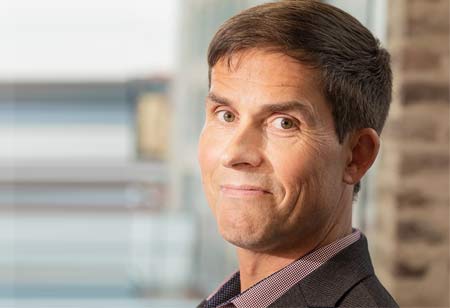Helsinki, the capital city of Finland, is a dynamic, pleasant and rapidly growing northern metropolis. It is currently home to around 675,000 inhabitants, while nearly 1.6 million people live in the whole of the Helsinki region. The city's growth is expected to continue to be strong. According to population forecasts, Helsinki will have roughly 850,000 inhabitants by 2050 and the entire metropolitan area approximately two million.
The growing metropolitan area benefits from agglomeration effects, while a larger population base enables a more functional labour market and offers plenty of opportunities that only a large city can provide.
Helsinki has ambitious climate goals: our aim is to become carbon-neutral by 2030. Achieving this objective will require investments in emission-free energy production, improvements to the energy efficiency of buildings and promotion of emission-free transport.
What is the secret of a good city? A good city is ecologically, socially and economically sustainable. A good city also has a well-functioning infrastructure, attractive, evolving and diverse neighbourhoods, good services, top-level universities and something that elevates everyday life by providing the residents with joy and experiences.
The cornerstone of developing a growing city is a well-functioning infrastructure. Therefore, Helsinki is making major investments in transport infrastructure, municipal engineering, parks and recreational areas, as well as the city's attractiveness. The total amount of the city's investments in 2024 will be nearly one billion euros, of which infrastructure investments will account for approximately 400 million euros.
First Light Rail Line Opened in October 2023
What is the secret of a good city? A good city is ecologically, socially and economically sustainable.
In terms of urban development, investments in rail transport are of particular importance. The city has long had functioning and high-quality rail transport. Helsinki has a traditional tram network within a densely built urban environment, as well as radial metro and local rail connections from the suburbs to the city centre. However, there have been fewer crosswise rail connections, which is why the network is now being supplemented.
We opened the region's first light rail line from Itäkeskus in Helsinki to Keilaniemi in Espoo in October 2023. The new 25-kilometre line was a major investment in emission-free public transport. The cost of the project, carried out under the alliance model, was 382 million euros. The project was a great success, as it was completed ahead of schedule and under the budget.
Helsinki is currently building a light rail line from the new district of Kalasatama to Pasila. The length of this line will be 4.5 km and it will begin operating in autumn 2024. The Crown Bridges project is also under construction, connecting the island of Laajasalo in eastern Helsinki to the city centre with a ten-kilometre light rail connection. This project also includes a 1,200-metre bridge, Kruunuvuorensilta. When completed, it will be the longest bridge in Finland and amongst the longest in the world dedicated to only public transport, cycling and walking.
These significant investments will have a positive effect on the competitiveness of the entire metropolitan area. The rail transport hubs created through the projects are attracting increasing interest in the property market. Helsinki offers excellent opportunities in both the commercial and residential property markets in locations where accessibility is improving.
New Urban Districts
A transformation that began over 20 years ago in Helsinki is well underway. The city decided to relocate the freight ports from near the centre to Vuosaari in the eastern part of Helsinki. This also gave Helsinki a good opportunity to turn the old port areas into new urban districts.
This transformation has come a long way. Significant progress has already been made in the construction of Länsisatama and Kalasatama, districts right on the outskirts of the city centre with a total of about 40,000 residents. Additionally, the district of Kruunuvuorenranta is being built along a future light rail line in Laajasalo, eastern Helsinki. These are all densely built maritime districts that provide excellent recreational opportunities.
Architectural gems
Helsinki is known as a magnificent city of architecture. That is an aspect that we want to maintain. But excellence is more than mere infrastructure and pleasant neighbourhoods. A city must also possess something unique, something that transcends everyday life. Helsinki has that something.
Helsinki is known for its railway station – designed by Eliel Saarinen and often regarded as the world's finest – the city's beautiful Art Nouveau architecture, not to mention its impressive examples of modernist architecture and several buildings designed by Alvar Aalto. Furthermore, in recent years, we have also created exceptionally fine new buildings, such as the central library, Oodi. Moreover, a new Museum of Architecture and Design is being planned for Helsinki, right at heart of the city in the South Harbour.
Developing City Organization
The conditions for Helsinki's success story have been substantially enhanced by a major organisational reform carried out by the city in 2017. Now, all of the city's pivotal functions affecting its development are under the same roof as part of Helsinki's Urban Environment Division.
By existing within the same organisation, we are able to manage urban planning, transport planning, park and green area planning, public infrastructure construction, public space maintenance and the city's own housing production. The fact that the city has a division comprehensively responsible for the physical environment has proven to be effective solution, and a strong convergence between different functions has been formed as a result.
Ville Lehmuskoski
Executive director
City of Helsinki, Urban Environment Division



